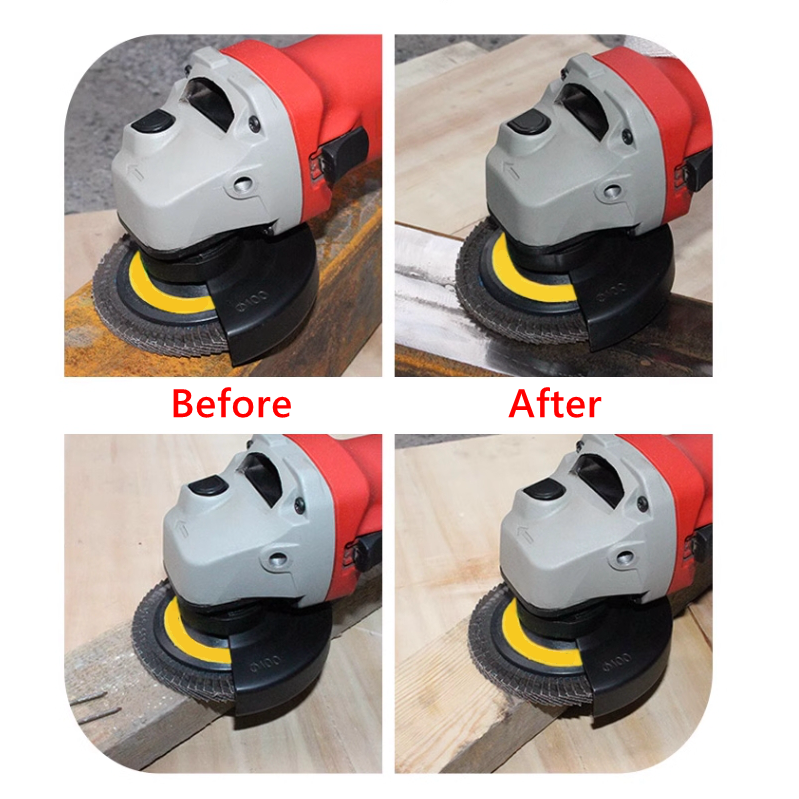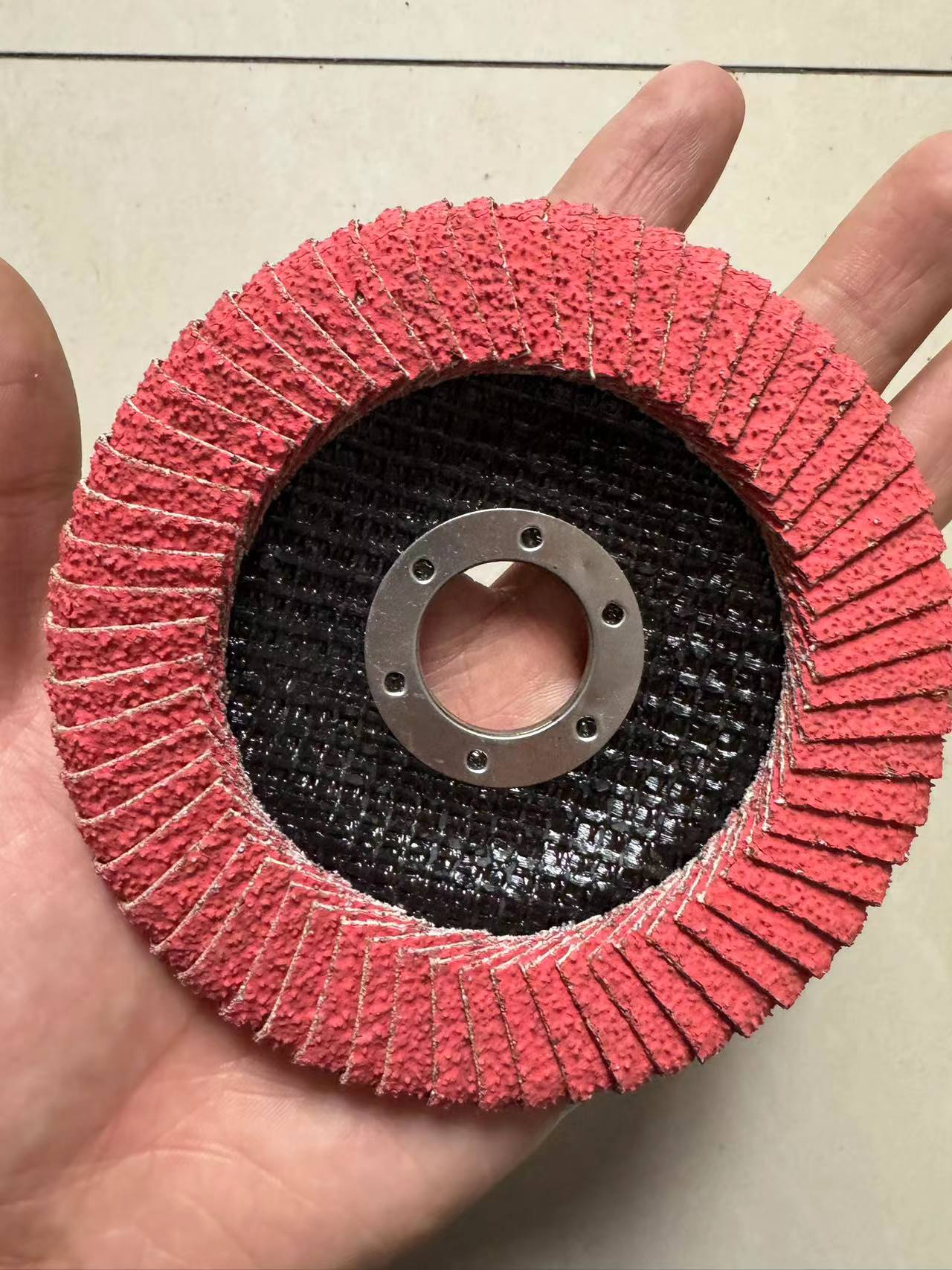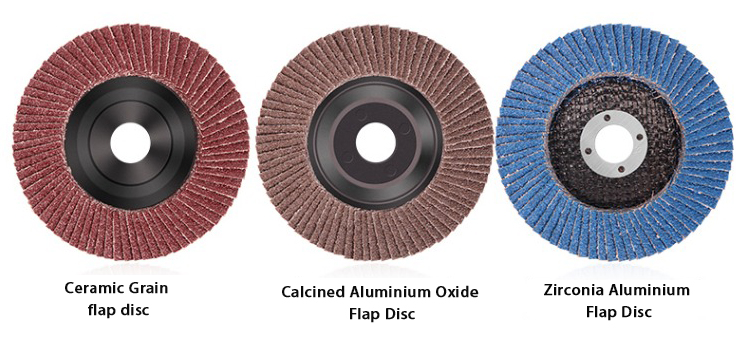How are flap discs made?
Flap discs are primarily used for polishing and grinding in light industry, wood products, furniture, hardware, automotive, textiles, jewelry, machinery, shipbuilding, aviation, and other fields. They are effective for tasks such as polishing, weld grinding, paint and rust removal, deburring, and chamfering surface finishing. These discs are used in conjunction with electric (pneumatic) angle grinders.

So, how are they made? First, let's deconstruct a flap disc; it consists of two main parts: the abrasive cloth and the backing plate, which are bonded together with an adhesive. Currently, the vast majority of flap discs on the market are produced by machines, although a small portion still requires manual production. Handmade flap discs are primarily used for specialized grinding needs or where there are high demands on the quality of the flap disc. Typically, the flap discs we commonly use are produced by a flap disc machine.

The production process of a flap disc machine involves several essential steps. First, a slitting machine cuts the abrasive cloth into small rolls (the width of these rolls corresponds to the width of each abrasive leaf on the disc). Next comes the flap disc machine itself, which first grabs a Fiberglass Backing Pad and applies a circle of glue (Flap Disc Adhesive) to it. Then, it cuts the abrasive cloth and places it on the adhesive, thus forming a Flap Disc. At this point, the disc is not yet ready for use because the Flap Disc Adhesive has not been dried. This requires the use of a flap disc oven to bake it dry. Lastly, if packaging is necessary, you might also encounter a Flap Disc Labeling and Packing Machine.

This is how flap discs are made. You can also learn more about this process by watching the following video.








